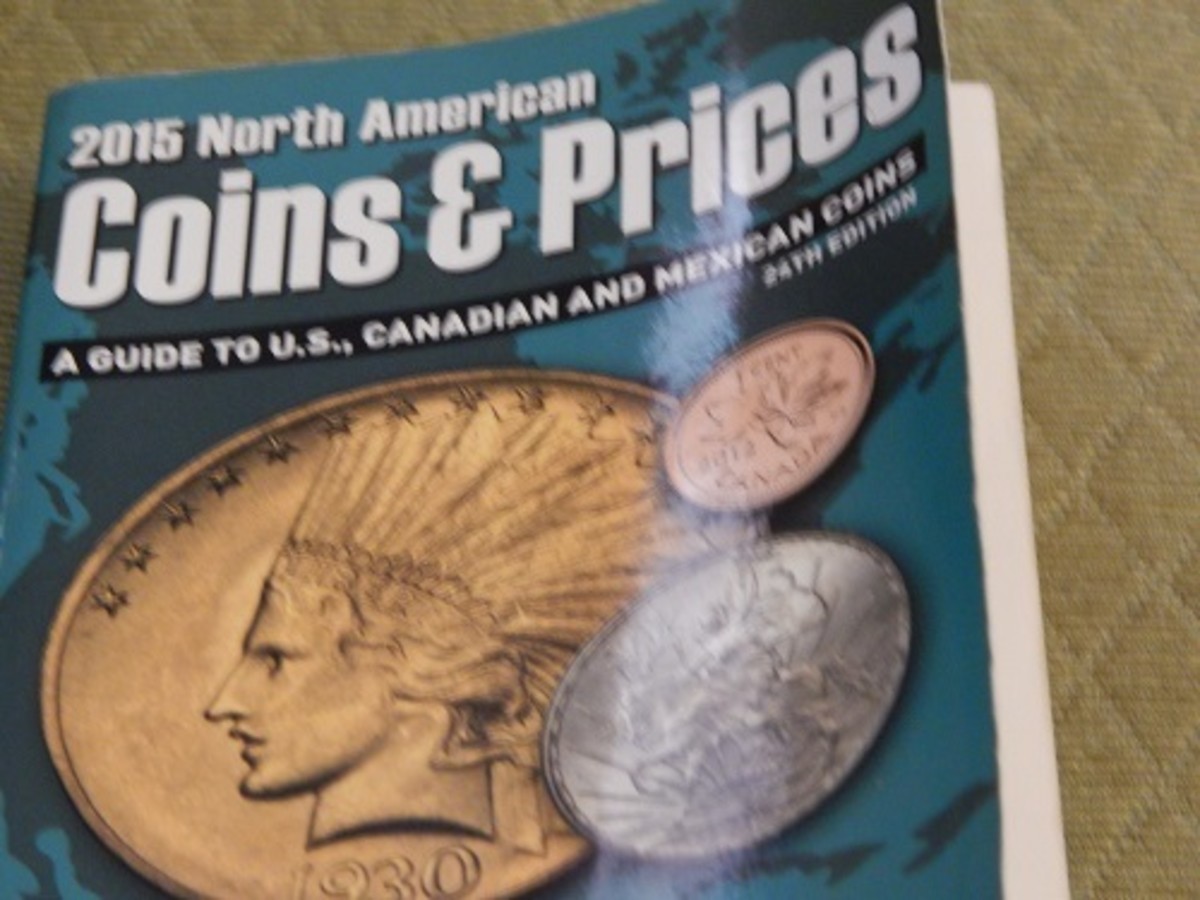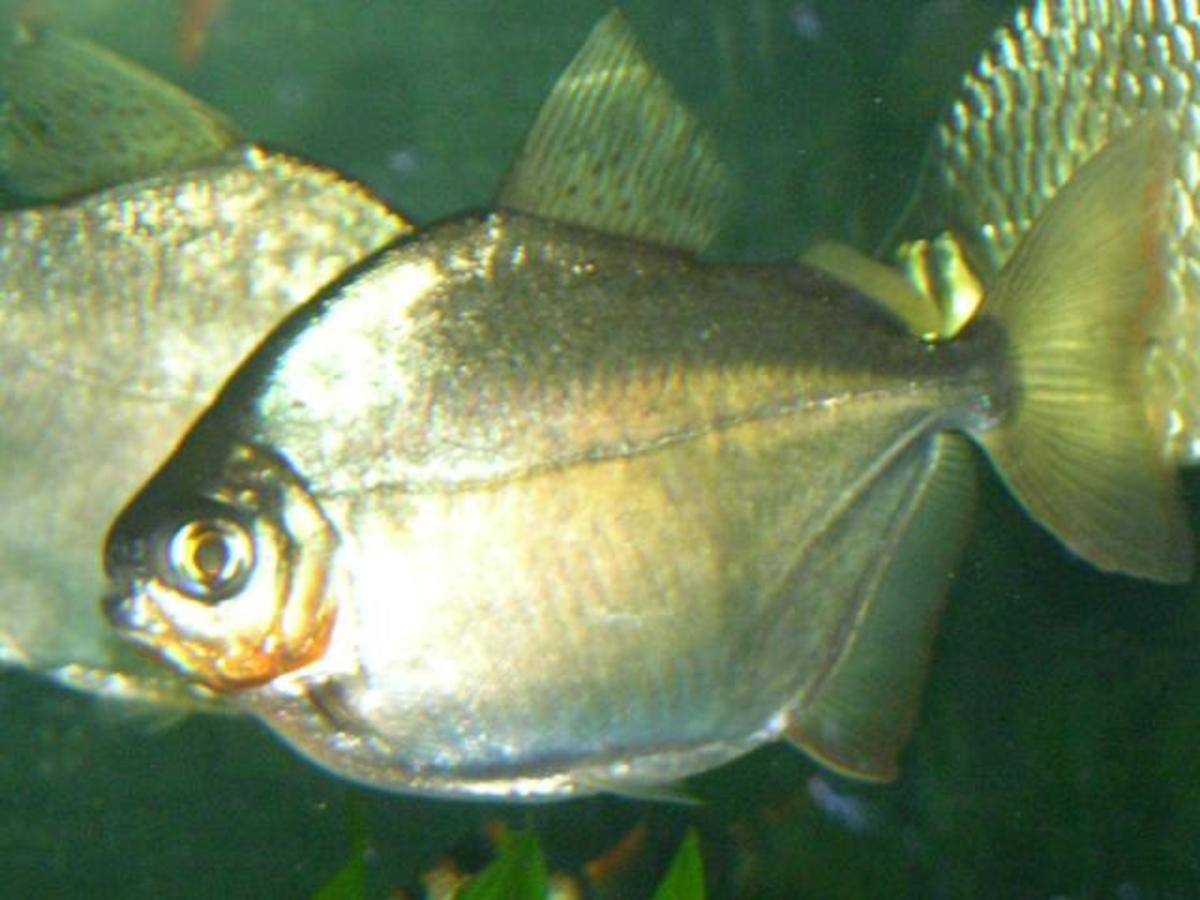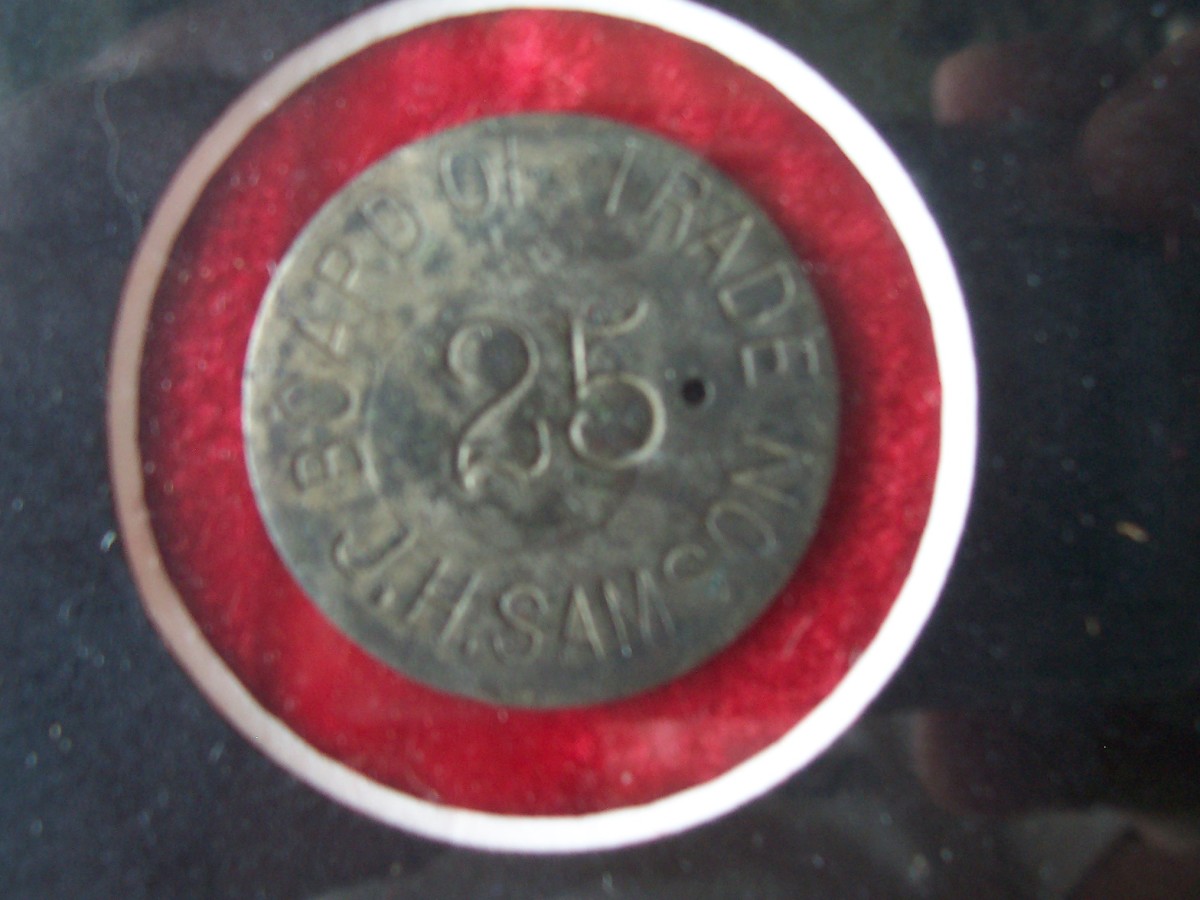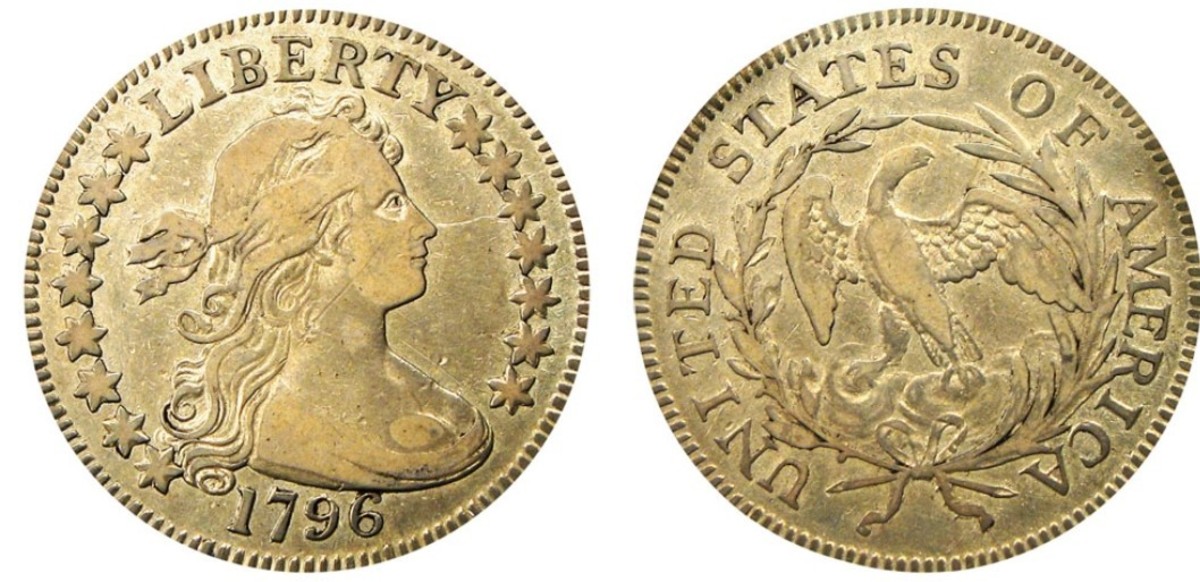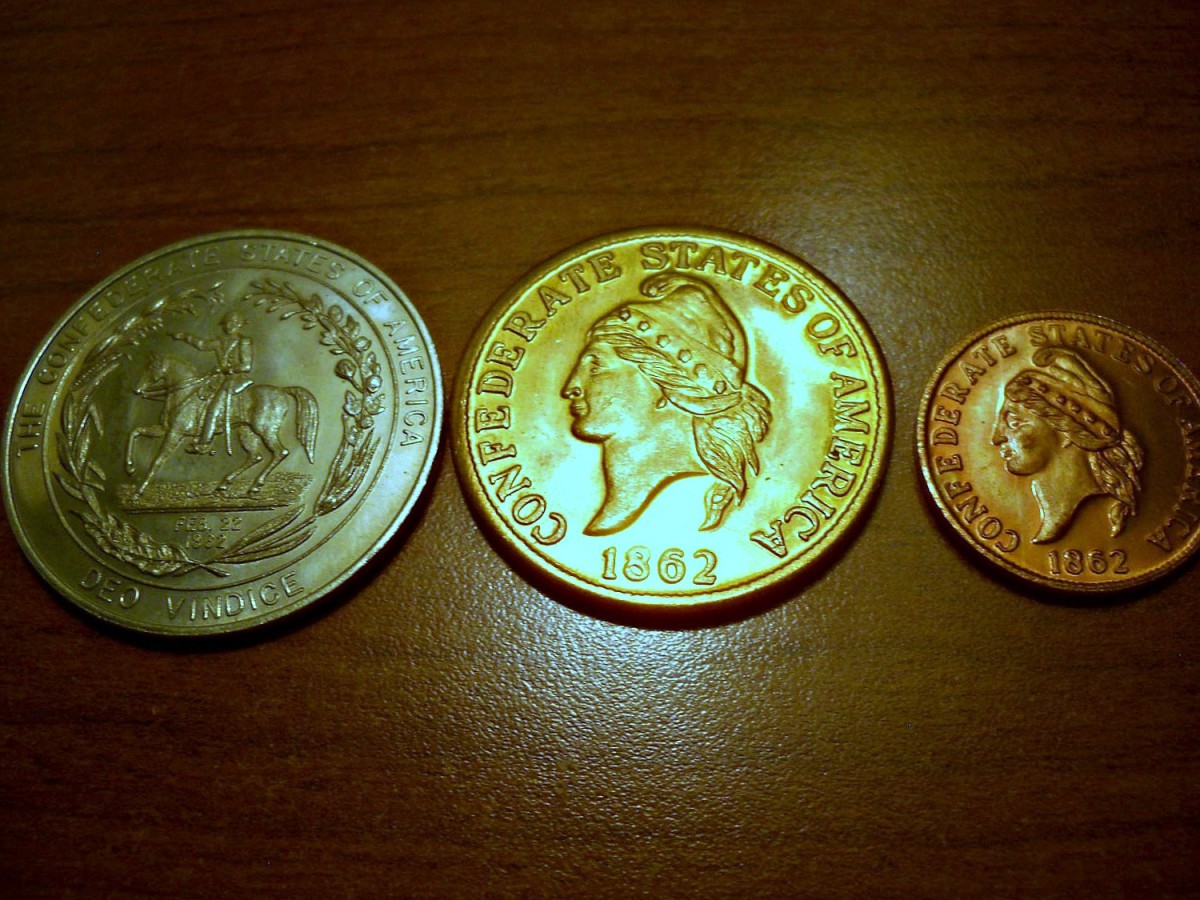A Brief History of the Gobrecht silver dollar.
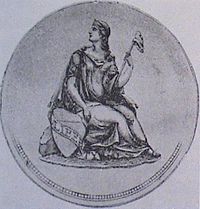
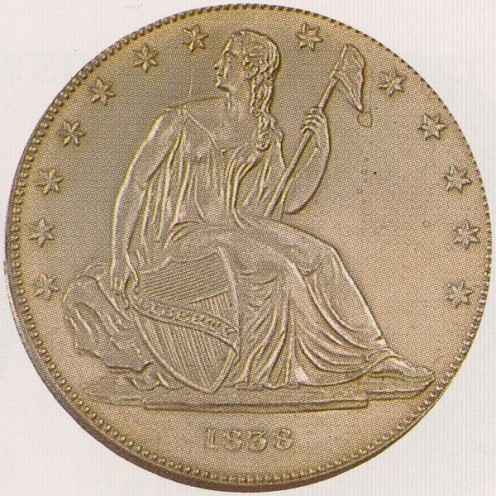
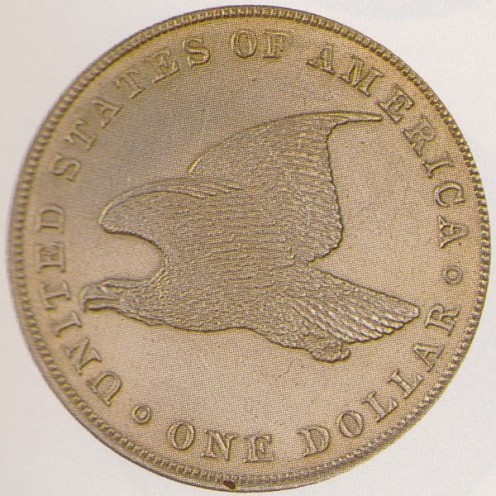
The Gobrecht silver dollar
Prior to the production of the Gobrecht silver dollar, in 1836, it had been in over 30 years since United States had minted a silver dollar. In 1806 the United States passed a law that forbade the creation of silver dollars, because the silver in the dollar was worth more than the face value of the dollar itself, and they were being melted down for their bullion content, many of them in China. In 1831, this trend reversed itself, and a large shipment of Spanish dollars (almost identical in size and weight to United States dollars) was exported from China to the United States. Later that same year, President Andrew Jackson gave the United States mint permission to make silver dollars once again. Nothing much happened, until Robert Patterson became the mint's director in 1835. Patterson hired two established Philadelphia artists: Titian Peale and Thomas Sully, to work on a design for a new silver dollar.
Patterson had a definite idea in mind about what he wanted on the new silver dollar. On the face, would be a depiction of the allegorical figure Liberty, seated on a rock, holding the Liberty Pole with a pileus (a sort of hat worn by freed slaves) hanging off of it. To facilitate this design, Patterson secured a number British coins, which had a similar image on them, and gave those to Peale. On the reverse, Patterson envisioned an eagle in flight. The drawings for these were executed by Sully, and legend has it they were based on a pet eagle, named Peter, living at the mint. The artwork of these two men was given over to Christian Gobrecht, the newly hired chief engraver. Patterson had a small run of 18 coins minted. To determine if the design was worthwhile, these were distributed to governmental officials and other interested parties . They were a resounding success, with the exception being, that the inscription C. GOBRECHT F. was prominently displayed (the F stands for the Latin word Fecit which means: he made it). The decision to have the engraver's mark on the coin was Patterson's idea. Because of the outcry that over this inscription, he instructed the Gobrecht to make it so small that you need a magnifying glass to read it.
Minting of the Gobrecht silver dollar.
The Gobrecht silver dollar was released in a very small batch of 1000 coins in 1836, with 89.24% silver content. The following year, another 600 were struck, with 90% silver content, though they bore the date of the preceding year. The coins are exactly the same in every detail except for their weight and the placement of the reverse in relation to the front of the coin. Those made in 1836 are such that when you hold the front of the coin so that it is right side up, and then rotate it around it's vertical axis, the back will be upside down (this is known as coin alignment). The next year coins were made with what is known as medal alignment: if you held the coin as described previously, and then rotated it around it's vertical axis, the reverse would also be right side up. The coins struck in 1837 had higher silver content because of a law passed in January of that year.
In 1838, another pattern of the Gobrecht dollar was struck, with the designer's name completely omitted. About 20 or 25 of these were made. The next year, in 1839, 300 coins were struck for general circulation. In total, during the years in which the coin was minted as currency, only 1900 were released to the general public. However, in the late 1850s to the 1870s, there were multiple restrikes made of the coin, most in silver, but some in copper too. These were made by the mint director, to sell and trade with collectors. Many unusual coins have found their way into the mint's collection because of this. Unfortunately, this practice came to an end, because unscrupulous mint workers made restrikes (apparently of other U.S. coins, and not the Gobrecht dollar) to sell for their own private gain.
The restrikes made of the Gobrecht silver dollar all have one thing in common, unlike the coins minted for circulation. Not only do they have "medal alignment", but unlike the coins circulated in 1837, when you rotate the restrikes about, the eagle is flying parallel to the ground that Liberty would be sitting on; whereas, on the coins made in 1837 the eagle is soaring upwards at an angle when you rotate the coin around a vertical axis.
Some of the Gobrecht silver dollars are exceptionally rare. This is because of the patterns and restrikes made. Even the ones that were put into regular circulation (which were minted with proof finishes) are very rare. Collectors will now pay anywhere between $12,000-$35,000 for one of these coins. The patterns and some of the restrikes will command prices much higher than this.
More Affordable Silver Dollars!
The Gobrecht silver dollar is the third silver dollar minted by the United States government.
In 1836, the United States once again started to mint silver dollars. The men involved in creating these coins were prominent artists of their day. The patterns were thoroughly vetted for design quality before being released to the general public. While only 1900 silver dollars were struck during the four years of production, perhaps more than that were made later as restrikes. The coin has many of the same motifs found in the flowing hair silver dollar, and the draped bust silver dollar. They all have a depiction of Liberty on the front, and an eagle with stars representing the states on the back. The Gobrecht silver dollar heralds the beginning of a period of time when silver dollars became more and more popular. It is a very nice and rare coin.
Further Reading.
I've published articles about all the "true" silver dollars here on hubpages.
The Eisenhower Dollar and the Apollo 11 Space Mission
The Eisenhower dollar, minted from 1971 until 1978, was the last of the over-sized dollars minted in the United States. Unlike its predecessor, the Peace dollar, the Eisenhower dollars made for circulation have no silver in them, but are comprised of the same metals that make up the quarters and half dollars from the same era. There were, however, special coins struck at the San Francisco mint for collectors, made of 40% silver and 60% copper.



